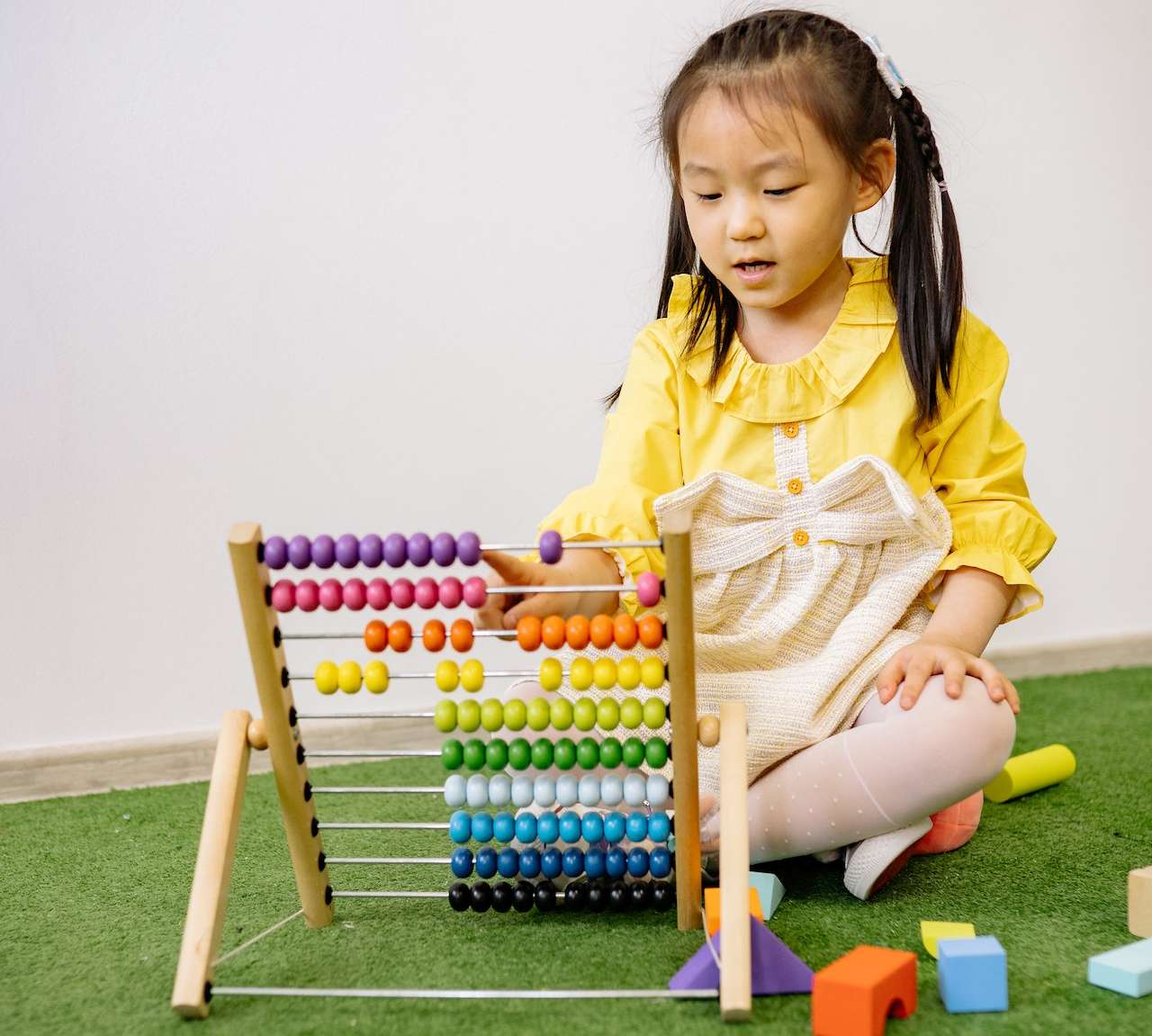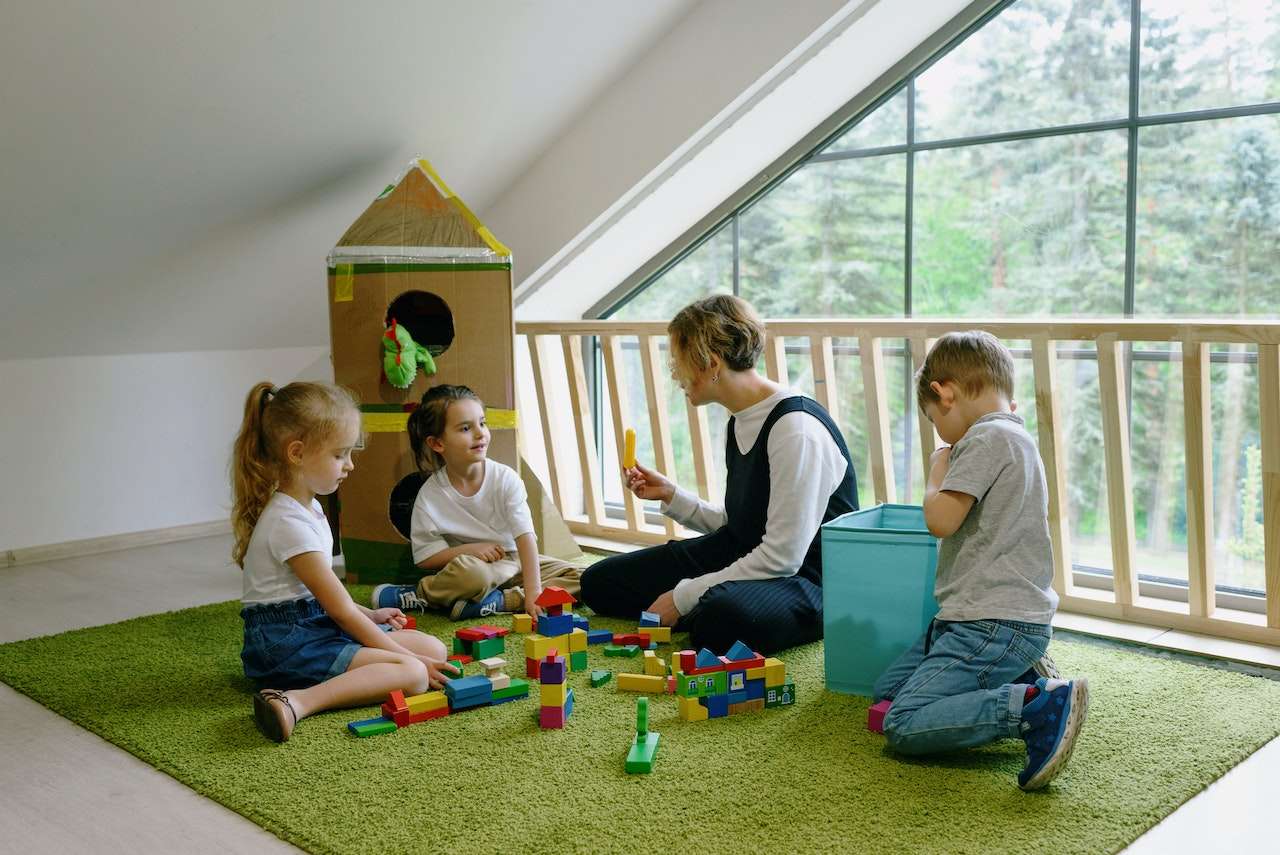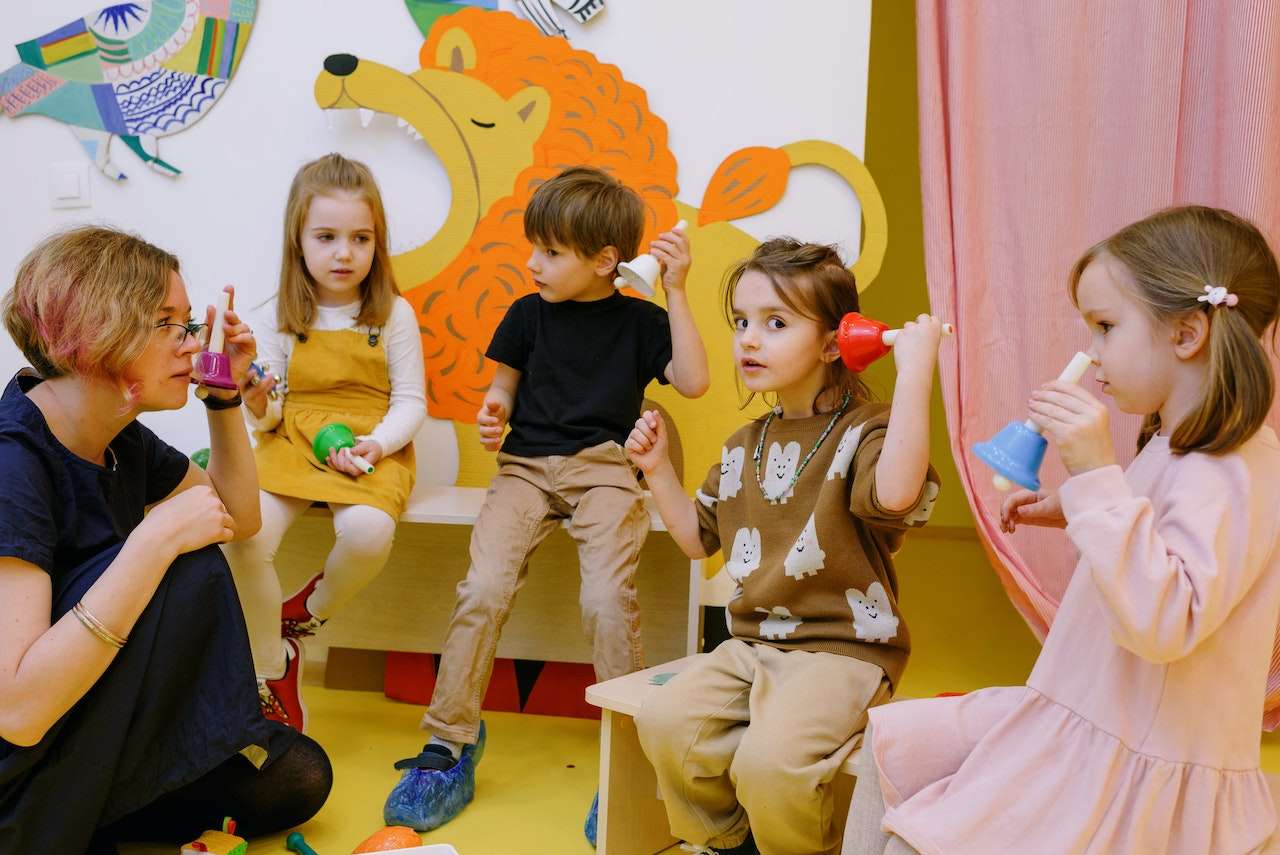The child-centric approach of Montessori philosophy has been widely accepted due to its numerous benefits.
Although the Montessori system was initially designed for classrooms, many families have recognized that introducing Montessori to children in the home has a wide range of benefits, too.
By creating an environment at home that aligns with Montessori’s principles, parents can encourage their children to enjoy learning within the walls of their own homes.
Introducing Montessori at home
Are you planning to transform your home into Montessori Homeschool for your children?
It is pretty simple. You have to incorporate the principles of Montessori in your home to make it inviting for your children.
You need to invest some time and attention into understanding the principles of Montessori and how you can apply them to your home.
Here are a few things you need to know to prepare your home for Montessori homeschooling.
Montessori Homeschooling Method
Montessori Homeschool makes learning interesting as it offers a hands-on approach with materials that encourage the desire and curiosity of the children. This type of learning helps children retain knowledge better.
Setting up a Montessori Homeschool requires you to develop an education plan for your child based on the Montessori where the child will be in charge of learning.
This Montessori homeschooling method helps children explore and learn problem-solving techniques, self-discipline, and compassion for others and the environment. They also learn to become independent and gain confidence.
Parents can guide their children in providing appropriate materials and curriculum with a blend of tactile, auditory, and visual materials and repetition.
1) Follow your child
It is important to remember that every child is different, and they learn at their own pace.
Instead of planning what and when to teach, you can follow what your child enjoys. You can develop the learning opportunities according to his interests.
2) Encouraging outdoor activities
Children learn from each other by socializing in an unstructured play environment.
Learning by connecting with nature goes hand-in-hand with any Montessori materials used at home. Homeschoolers spend time in nature and at playgrounds hanging out together.
Extended playtime outdoors also allows the parent enough time for nurturing adult relationships.
3) Involving children in daily life activities
Many children enjoy real-life experiences like helping prepare meals in the kitchen and gardening rather than working on the shelves.
They love to do imaginative pretend play which is a healthy part of any Montessori child’s life at home. Homeschooling allows for the perfect balance of the two.
4) Setting up the classroom environment at home
Homeschooling and classroom teaching are not drastically different from each other.
When teaching your children, your roles as parents come first.
And thus, the way you guide and teach your child is different from how you would teach other children who ultimately go home to their parents.
The same thing applies to your child, the way he behaves with you might be different from how he behaves with his teacher.
5) Homeschool is a year-round
Montessori advocates that children learn naturally by exploring the world around and it applies wherever and whenever.
So, children are learning all the time, and as you are teaching your children at home, school time happens during their daily activities, like eating breakfast or reading stories.
6) Proper space and Montessori materials
Montessori’s belief is that fancy material for children does not necessarily serve the purpose of their learning. Maria Montessori used to make materials that were appealing to children.
When you dedicate time and energy to creating materials for your children, you value them for all their innovative teaching qualities.
Child-sized furniture and tools, clutter-free space, and easily accessible materials are other factors to create homeschooling.
Montessori Homeschool Curriculum
Are you looking for a curriculum that can guide you in your Montessori Homeschool?
Montessori is a philosophy rather than a defined program. Any parent can create their Montessori homeschool curriculum.
The Montessori method doesn’t have a singular curriculum to define it. Numerous curriculums augment this teaching and learning approach. Materials and resources are available that can help you create your curriculum.
To prepare your curriculum, you can list all the Montessori elements to ensure that you cover them.
These include math, language, sensory activities, practical life skills and culture (science, history, and geography), art, and music.
You can also opt to buy a curriculum package. However, you need to ensure its size fits the size of your room or space. You must be careful not to buy too much at one go that you may not be able to utilize or store.
If you are new to homeschooling and Montessori, it is ideal to buy only one package at a time or buy only parts of the overall curriculum.
Purchasing more materials than needed will lead to a waste of money and time.
Buying the basics first is a good idea. As you get familiar with the usage, you can add supplements and rotate the materials.
Another good option is sharing the cost of materials with other friends who follow the Montessori method to homeschool their children.
Here are a few packages available for the Montessori Homeschool curriculum.
North American Montessori Center
It is the best available Montessori curriculum in rankings managed and created by professionals. The North American Montessori Center provides an intensive Early Childhood Curriculum (3-6 years).
Its complete package includes six manuals, training DVDs, and a CMC CD.
You can buy the manuals separately or within the package. They cover topics as follows-
- They explain the history and philosophy of the Montessori method.
- The topics include classroom guides, practical life, sensorial, math, science, arts, culture, and language.
- They describe the growth and development of early childhood, levels of development, sensitive periods, and the absorbent mind.
- They also guide you in incorporating the lessons and activities in an effective Montessori manner.
- They explain the materials used in the Montessori early childhood classroom.
- They emphasize the involvement of parents and their role as Montessori teachers.
- It also helps to organize an early childhood classroom.
- It describes what a typical day in the classroom would be.
- It provides information and resources for new graduates.
- It also gives information about work periods and normalization.
Skiller Learning Montessori At Home
Many Montessori schools worldwide use materials and lessons that Skiller Learning Montessori At Home provides. However, it is used for homeschooling as well.
- Their curriculum includes flashcards, workbooks, lessons, answer keys, and songs based on the Montessori method.
- They provide prepared lessons which allow parents with no Montessori experience to guide their children.
- Their curriculum is based on the primary learning styles of children: visual, tactile, auditory, and kinesthetic. These four areas create connections and long memories in the brain that helps children to build a strong foundation and memory retention.
- The approach of Skiller Learning Montessori At Home is convenient for parents who are new to homeschooling and Montessori.
Montessori for Everyone
- Montessori for Everyone provides high-quality printable materials in PDF format to schools and homeschools.
- Their curriculum areas include art, language, reading, math, science, music, history, and geography combined with the Montessori method.
- The materials are fit to accommodate ages ranging from two to twelve years.
- You can buy the collections separately as a primary or elementary collection. There is also a complete collection that includes both packages and can be purchased at discount prices.
- They also offer materials for learning Russian, French, Chinese, and Spanish languages.
Conclusion
When you plan Montessori Homeschool, it is good to do sufficient research for each curriculum to see what best fits you and your family. You can choose from various curriculums, supplements, and materials that are available.
You can also opt for a combination of curriculums or create your own. Both will work well for your child if planned appropriately.


